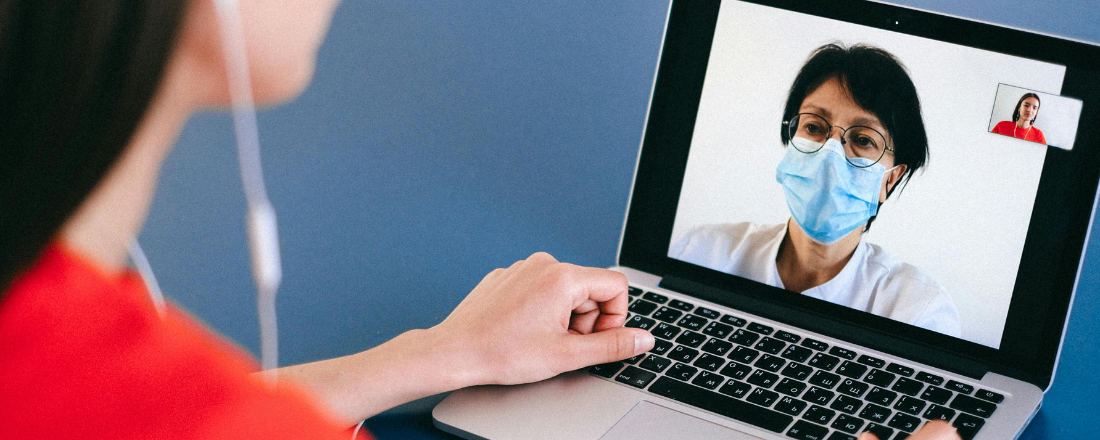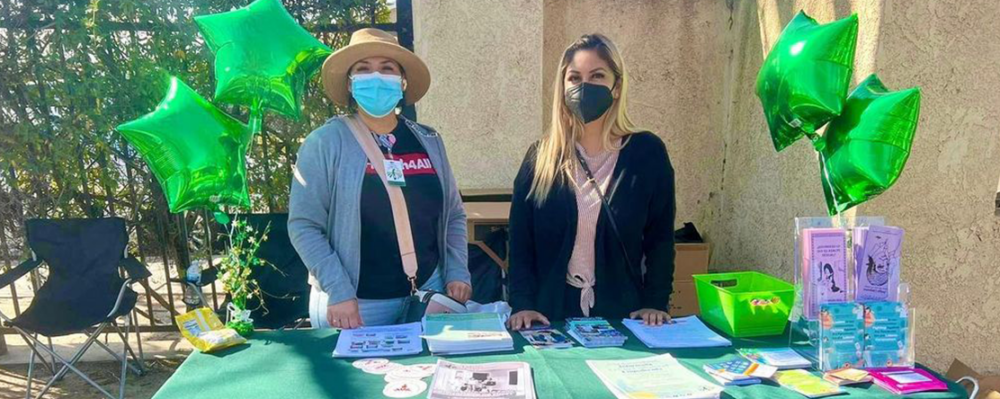
In the News
PHI’s Mei Wa Kwong Gives National Perspective of Complex Federal Telehealth Laws & Guidelines, Highlighting Regions Like Central New York
- WAER 88.3 FM
-
Focus Areas
Health Care & Population Health -
Issues
Technology & Telehealth -
Expertise
Public Policy Development, Technical Assistance -
Programs
Center for Connected Health Policy

“As telehealth continues to evolve, understanding the complex landscape of laws and guidelines is crucial, particularly in regions like Central New York. Currently, telehealth accessibility is shaped by a mix of federal and state policies, with significant implications for patients and providers alike.
To help understand how federal and state legislation are contributing to telehealth accessibility locally, WAER’s Kat Kollins spoke with Mei Kwong, Executive Director for the Center for Connected Health Policy.
Role of the Center for Connected Health Policy
The Center for Connected Health Policy (CCHP) plays a pivotal role in navigating these complexities. As the National Telehealth Policy Resource Center, CCHP provides technical assistance and tracks telehealth policies at both state and federal levels. Their efforts help ensure that healthcare providers and patients stay informed about the latest developments in telehealth legislation. Kwong elaborates, “We track all of the state Medicaid policies, laws and regulations related to telehealth and we also do that for on the federal level as well too.”
Federal Telehealth Policies During the COVID-19 Pandemic
At the federal level, telehealth policies have largely been influenced by temporary waivers introduced during the COVID-19 pandemic. These waivers allowed for an expanded use of telehealth under Medicare, and these provisions are set to remain in effect until the end of 2024. According to Kwong, “The expansions that they allowed for telehealth use in the Medicare program have remained. So, they are valid through the end of this year.”

The expansions that they allowed for telehealth use in the Medicare program have remained. So, they are valid through the end of this year. There is legislation moving through Congress to extend it an additional two years.Mei Wa Kwong, JD
Director, Center for Connected Health Policy, Public Health Institute
Kwong also mentions, “There is legislation moving through Congress to extend it an additional two years.” However, without further legislative action, these temporary measures will expire, potentially impacting millions of Medicare beneficiaries who rely on telehealth services.
New York State’s Telehealth Expansions
On the state level, New York has implemented several expansions in its Medicaid program to enhance telehealth access compared to pre-pandemic levels. This includes broader coverage policies, although specifics can vary, encompassing different areas such as prescribing, licensure, and privacy regulations. For instance, telehealth can be used for prescribing controlled substances under federal extensions until the end of 2024, while state-level regulations cover other prescriptions.
Kwong explains, “For example, if you’re talking about a controlled substance, that’s on the federal level to handle. That’s also been essentially extended until the end of 2024, like those COVID-19 extensions…”
Click on the link below to read the full article.
Originally published by WAER 88.3 FM
More Updates
Work With Us
You change the world. We do the rest. Explore fiscal sponsorship at PHI.
Support Us
Together, we can accelerate our response to public health’s most critical issues.
Find Employment
Begin your career at the Public Health Institute.



